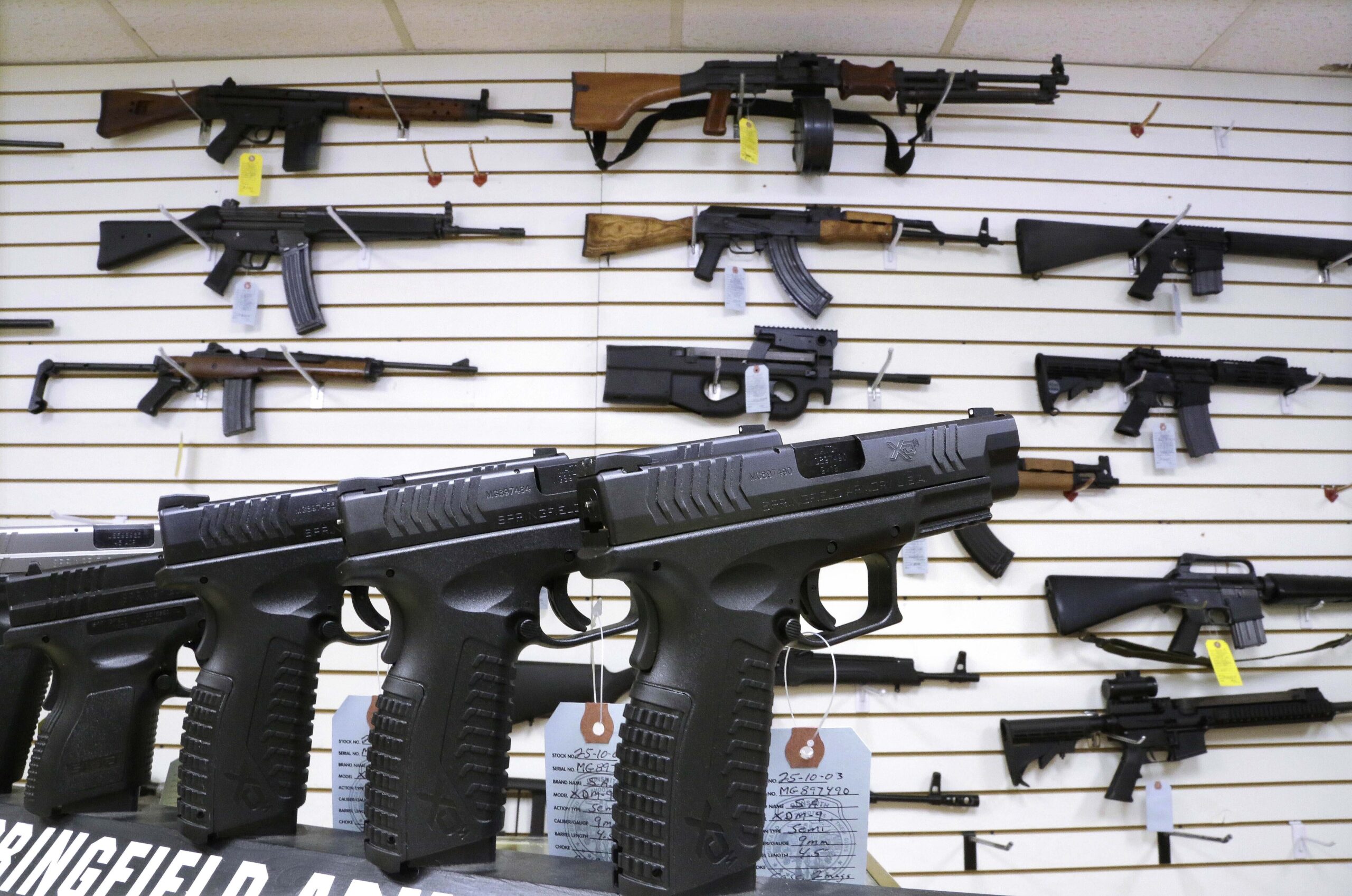

(The Center Square) – An analysis of the tax impacts from Illinois’ gun ban couldn’t precisely peg how much is being lost.
The Illinois Commission on Government Forecasting and Accountability analyzed possible lost tax revenue from the banning of more than 170 semi-automatic firearms, magazines over certain capacities, and various attachments. The law was enacted in January 2023 and faces continued litigation in federal court.
“Their best estimate is anywhere from five- to nine-million dollars lost annually because of the gun ban,” said state Rep. C.D. Davismeyer, R-Murrayville, a member of COGFA.
COGFA’s analysis said based on data from the Alcohol and Tobacco Tax and Trade Bureau, the federal government has received up to $379 million in firearms and ammunition taxes. That’s off of up to $3.8 billion in total U.S. sales. Extrapolating Illinois’ population in that number indicates up to $145 million in total sales per year. Taxes on that would come out to upward to $9 million per year.
Davismeyer said that’s nothing to dismiss.
“It is an impact and it’s an impact on the state of Illinois at a time when revenues are coming down and we’re not receiving all the federal bailouts that we’ve received over the past few years,” Davismeyer told The Center Square. “So it’s going to impact the state of Illinois negatively.”
COGFA’s report also looked at the amount Illinois was apportioned from the U.S. Fish and Wildlife Service, which was approximately $23.8 million for Wildlife Restoration Funds in FY23.
“In recent years, ‘Other Firearms,’ have contributed about 30% of [firearms and ammunition tax] based on data from the Alcohol and Tobacco Tax and Trade Bureau,” COGFA’s report said. “Applying this rate to the $23.8 million equals about $7.1 million in funding that could be associated with ‘Other Firearms’ sales.”
The report said the changes from Illinois’ new gun law would likely reduce this amount by an unknown percentage as it is “not precisely known how many of the purchases in this category would no longer be allowed under [the Protect Illinois Communities Act].”
Davidsmeyer interprets that as the law being too vague.
“They wrote it fairly poorly and that’s what happens when you have somebody who doesn’t know much about guns writing legislation to ban guns,” he said.
COGFA said the law banning certain capacity magazines will “most likely also reduce tax revenue.”
Federal Firearms Licensees of Illinois, which represents licensed firearms dealers throughout the state, has reported their members have seen significant sales declines, with some facing losses of 50% or more.
Among other data analyzed by COGFA is the percentage of the types of firearms purchased. According Sandwick Associates on behalf of the Firearm Industry Trade Association in 2020, 48.2% of purchases were semi-automatic handguns, 17.8% were revolvers, 12.6% were shotguns, 11.1% were traditional rifles, 9.8% were modern sporting rifles like the AR-15 which Illinois banned, and 0.6% were black powder or muzzleloader firearms.







